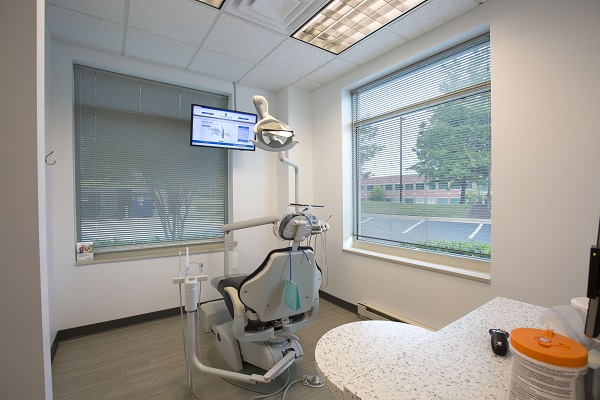Dental Bone Graft for Implants: No Big Deal

A dental bone graft is sometimes necessary when getting implants. The procedure is nowhere as scary as it sounds, and it is usually done when a patient does not have enough healthy bone tissue to support the installation of implants.
Implants are one of the most popular prosthetics used to replace missing teeth. These devices function just like the root of a natural tooth. It keeps the patient's jawbone properly stimulated, preventing bone tissue loss. Crowns are placed on implants once it is firmly fused with the patient's jawbone, and restores the look and function of the missing teeth.
Patients with lots of healthy jawbone tissue do not need a dental bone graft while getting an implant, but those with weakened jaw bone tissue need this procedure to ensure that the installation of the prosthetic is successful.
What to expect when getting a dental bone graft with dentures
Implants are made up of two parts: a metal screw or rod that is surgically placed into the patient's jawbone and a post that a crown is fitted upon.
A dentist will explore the possibility of a bone graft with a patient if they believe the person does not have adequate jawbone tissue. The less bone tissue a patient has, the more likely it is that the installation of the implant will fail.
During the bone grafting procedure, the oral surgeon will take a section of bone from a different part of the patient's body. A special material is then used to graft this bone tissue into the person's jawbone where the implant will be installed. The patient will then be given a period of about three to six months for the implant to securely fuse with the newly-grafted jawbone. This process is called osseointegration.
If the patient requires lots of additional bone tissue, the dentist may opt to wait a few months for the bone graft to solidify before installing the implant. A successful bone graft ensures the patient has enough healthy tissue to hold the implant in place.
Once the implant has had enough time to properly fuse with the patient's jawbone, a crown is attached to the external-facing part of the implant. It is important to note that other factors, like previous medical history and genetics, can affect the odds of an implant installation being successful. The dentist always has the final say in regards to whether the patient has enough healthy bone tissue for the prosthetic.
What is so special about implants?
As was mentioned earlier, implants are the best way to replace missing teeth. These prosthetics are the closest things to having natural teeth. Benefits of implants include:
- Feels and looks natural
- There is no adjustment period
- Implants can last a lifetime if the patient practices proper oral hygiene
- Implants do not have any specialized cleaning requirements; maintenance is no different from taking care of real teeth
- Implants restore the patient's ability to speak and chew properly
- About 95 percent of implant installations are successful
Ready to improve your smile with implants? Schedule a consultation with one of our oral surgeons today!
For more information or to schedule an appointment with Titan Dental Care, request an appointment in our Sterling dental office here: https://www.titandentalcare.com. Or call us at (703) 745-3227.
Related Posts
A bone graft of the jaw may be necessary before a dental implant can take place. An implant needs a sufficient amount of bone to bond with, but tooth loss can cause this to break down. Therefore, sometimes it is necessary to build the jawbone back up to protect the integrity of the implant.Material for…
A bone graft might be necessary when you are getting ready to have a dental implant placed. When you lose a tooth, the jawbone begins to deteriorate shortly afterward. If there is not enough bone to support a dental implant, all is not lost. Bone grafting can help to build the jawbone and give you…
Dental bone grafts are often necessary dental procedures. They can help solve a lot of problems such as missing tooth replacement or diseased gums treatment. Thankfully, with the help of modern dentistry, the technology used for dental bone grafts has expanded tremendously.If you want to know more about dental bone grafts, you may find this…
Dental bone grafting is a treatment used to shape, restore, repair or strengthen the bones that support our teeth. It is used to add bone mass to a jawbone that is malformed, worn out, weakened or injured.Just by listing some uses of dental bone grafting, we can already visualize situations where a dentist, periodontist or…


